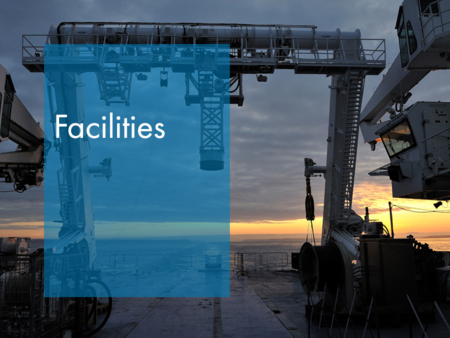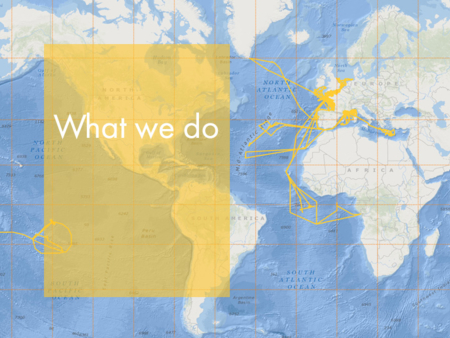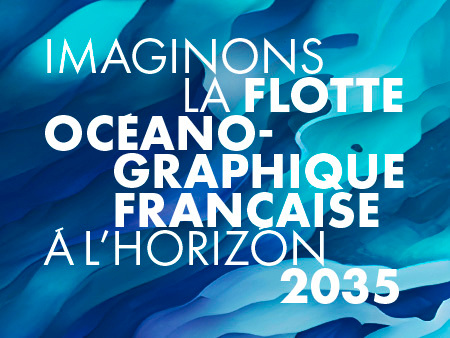Environmental acoustics
The issue of noise risks for marine fauna has grown considerably in recent years. IFREMER is directly concerned by this question, regularly deploying as it does acoustic and sonar systems during oceanographic cruises.
In order to provide a credible response to the many requests in the field of environmental acoustics, an in-house group was set up which includes a “marine biology” section derived from our close collaboration with La Rochelle University. As a result, since 2005 the Underwater Acoustics and Information Processing Department (ASTI) of the Oceanographic Fleet Department has contributed to numerous actions and surveys related to environmental acoustics.
Faced with a lack of legislation in many countries, an initial protocol for mitigating seismic emissions was defined in 2011, updated in 2013, then in 2016 and 2018, and supplemented by a study on the potential noise impact of all the acoustic systems used by IFREMER.
Noise risk analyses are regularly carried out in the context of requests for cruises involving noise emissions, an activity which requires a thorough knowledge of local, national and international legislation. Recommended protective measures have been applied aboard ship in some twenty oceanographic cruises. In light of this, we are in contact with local authorities and prominent people, the managers of marine parks and reserves (Agoa in the French West Indies, Pelagos in the Mediterranean, Corail in New Caledonia) and certain NGOs.
The department also monitors scientifically defined data on risk thresholds for marine mammals, turtles and fish, behavioural impacts, and statistical data on populations of marine mammals in IFREMER’s main operating areas. More and more countries are imposing the use of the Passive Acoustic Monitoring system (PAM) to detect, identify and locate marine mammals from the sounds they produce. Since 2013 IFREMER has operated and maintained in operating condition an efficient system of this type.
IFREMER is therefore involved at several levels in the issue of man-made noise (mostly sonar) on marine fauna. As a result, the ASTI Department collaborates with research institutes such as the NOAA in the United States, the NIWA in New Zealand, and the universities of New Hampshire and La Rochelle.




